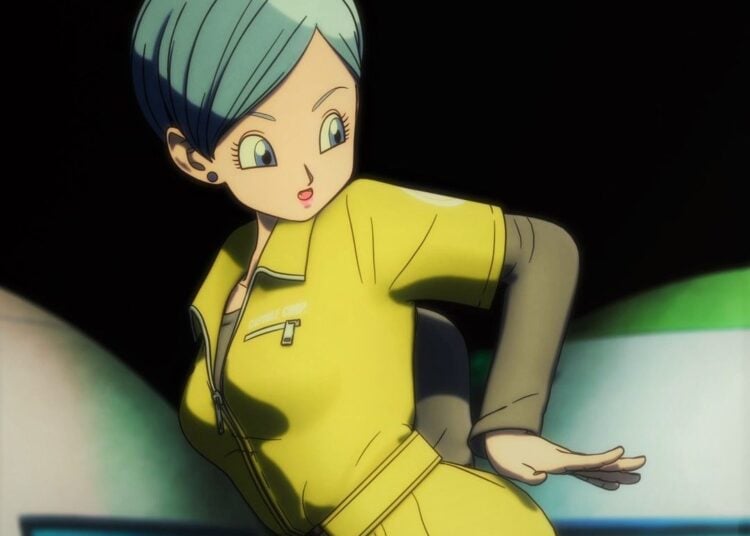Japan is currently buzzing over the news that Cool Japan, an investment fund set up by the Japanese government to invest in “otaku” businesses, has devoured $225 million and needs to be reorganized or closed. Let’s look at what Cool Japan is and why it was probably a bad idea from the start!
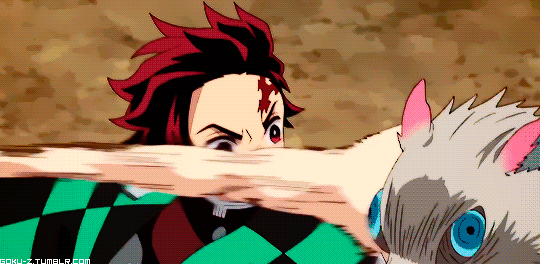 Did We Need a Government Program to Tell Us Japan Was Cool?
Did We Need a Government Program to Tell Us Japan Was Cool?
In 2012, the Japanese started the Cool Japan program to promote everything that was “cool” about the country, from anime and manga to sushi. The goal was to increase understanding between Japan and other countries and encourage tourism. The organization provided funding for some otaku-oriented businesses and had a TV show where foreigners gush about what they liked about the country. It also held events internationally promoting local products from around Japan.
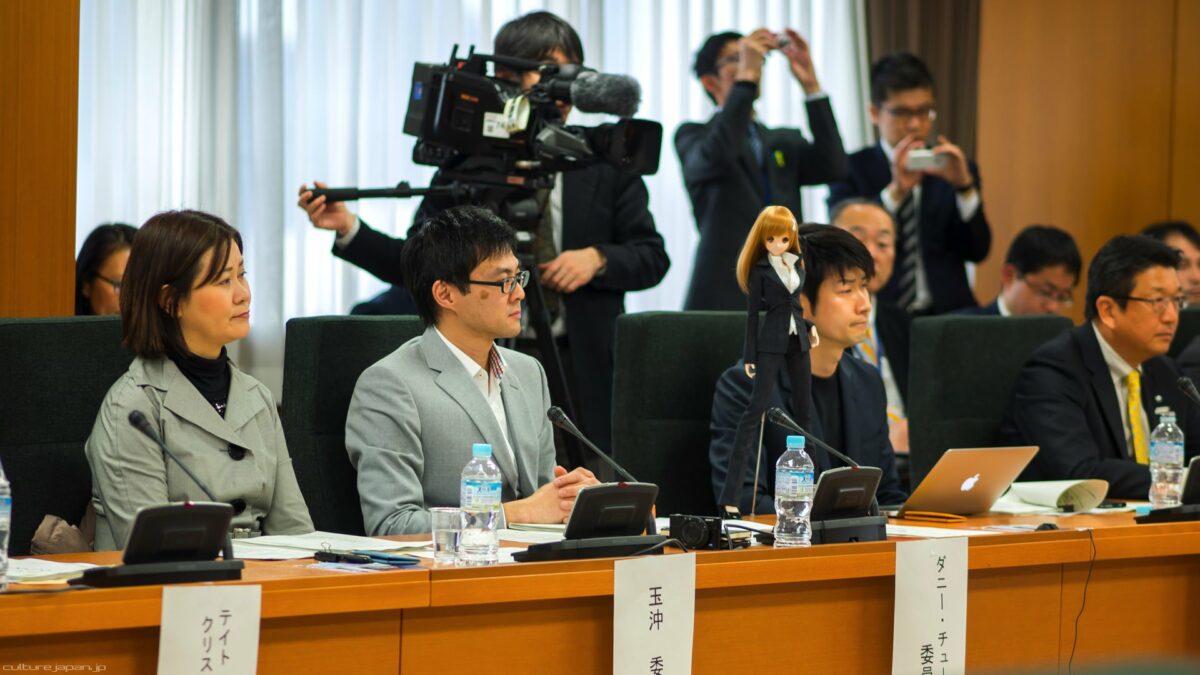
The public-private fund invested in 56 businesses, including J-List competitor Tokyo Otaku Mode, and food service companies in Singapore, Vietnam and Cambodia. Famous otaku Danny Choo was involved with the program, too.
But Cool Japan has been a big money loser, sucking up a ton of Japanese taxpayer money — literally my money, since I pay taxes here — while providing dubious benefits for the anime industry. It certainly hasn’t provided any meaningful benefit to the animators who make the anime we all love and who struggle under frightfully low wages.
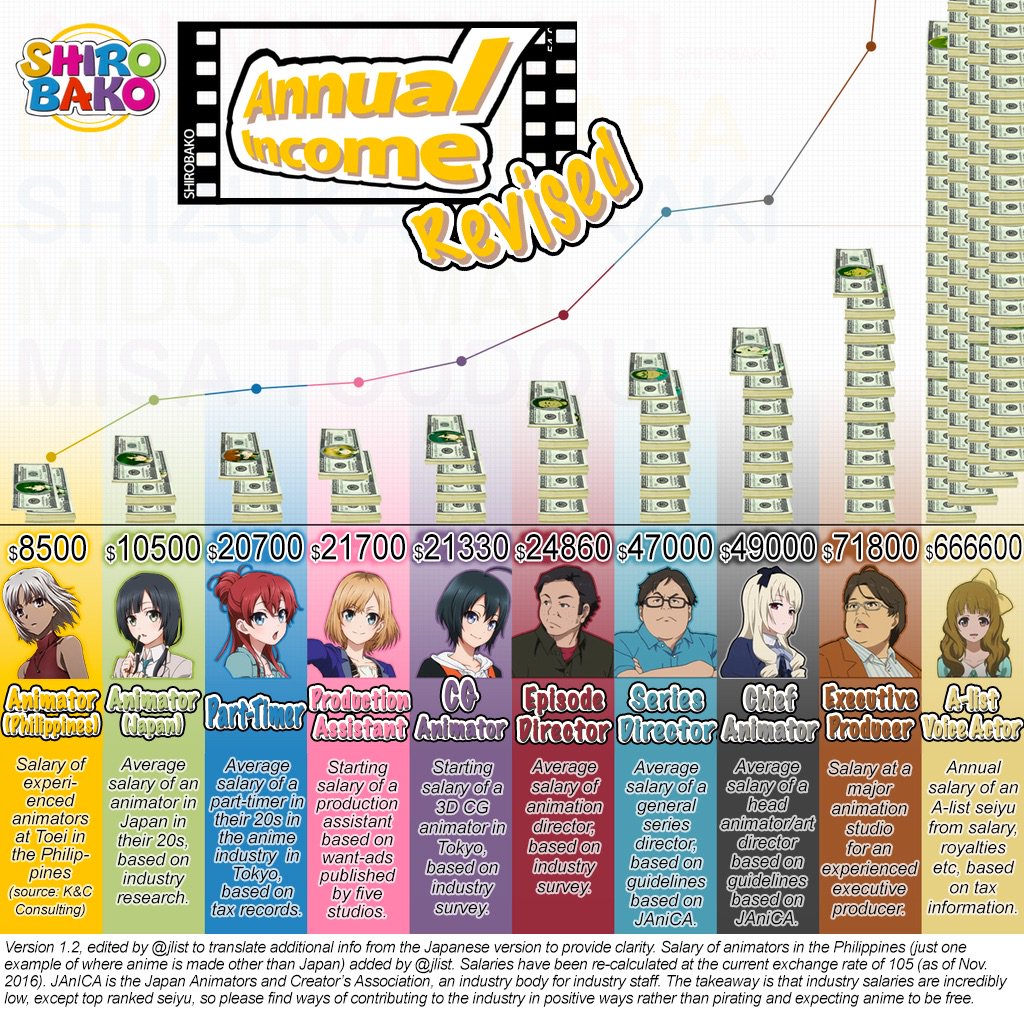
The hardest part of learning Japanese isn’t hiragana or katakana or kanji. It’s the Sino-Japanese number system, which is based on units of 10,000 rather than 1,000 in the West, called 万 mahn. If you want to buy something that costs 100,000 yen, you need “10 mahn,” while a million is expressed as “100 mahn.” Then there’s 億 oku for units of 100 million, and 兆 cho representing 1 trillion. You will hate your life if you need to work with large numbers in Japanese.
The amount of money Cool Japan has burned through — 309億円 or 30,900,000,000 yen was so high it took me several minutes to figure out how much money this actually was. It’s US$225 million and €211 million at the current exchange rate.
Why is the fall of Netflix’s crappy original anime a good thing? Read my blog post here!
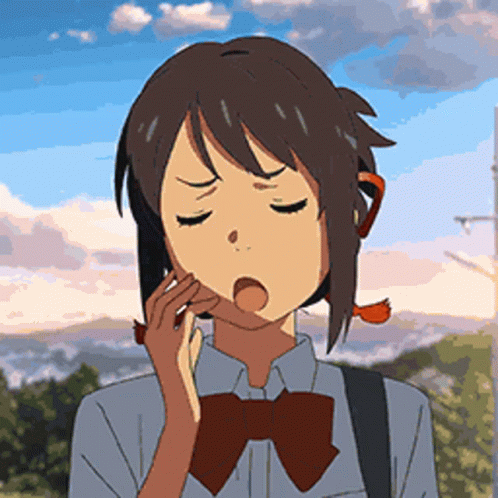
Other Countries Promote Their “Cool,” Too
Japan isn’t the only country to market its cool brand internationally. South Korean films and TV are getting so much attention in recent years because of a decade-long government effort to market South Korean cultural properties worldwide.
And it’s great if the execution is there. BTS’s worldwide popularity reportedly adds $5 billion annually to the South Korean economy. Other times the cultural promotion can be less successful: despite government support, manhwa remains in the shadow of Japanese manga, something South Koreans hate.
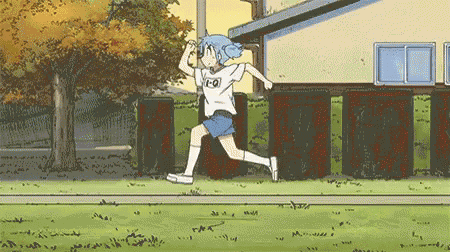
Why Did Cool Japan Fail?
Why didn’t the program make the money it was projected to earn? Clearly, they didn’t invest enough in supporting hentai doujinshi artists! Just kidding…
No, it just feels like it was a bad idea. You generally can’t get less “cool” than a lifelong Japanese civil servant looking forward to retiring soon. Business involves taking risks and cutting off projects once it’s clear they’re not going in the right direction. This is the last thing a Japanese bureaucrat will be good at, desperate to avoid making any mistakes that could jeopardize his pension.
Thanks for reading this blog post on the failure of the Cool Japan otaku investment fun. Got any feedback or opinions? Post it below, or reply to us on Twitter!
J-List is helping you help us with a new Shipping Support automatic coupon! Buy $200 or more of in-stock products from Japan, including everything from in-stock figures to doujinshi and artbooks to “stress toys,” and we’ll give you an automatic $25 coupon to help with the shipping. Thanks for your support during this challenging year!




